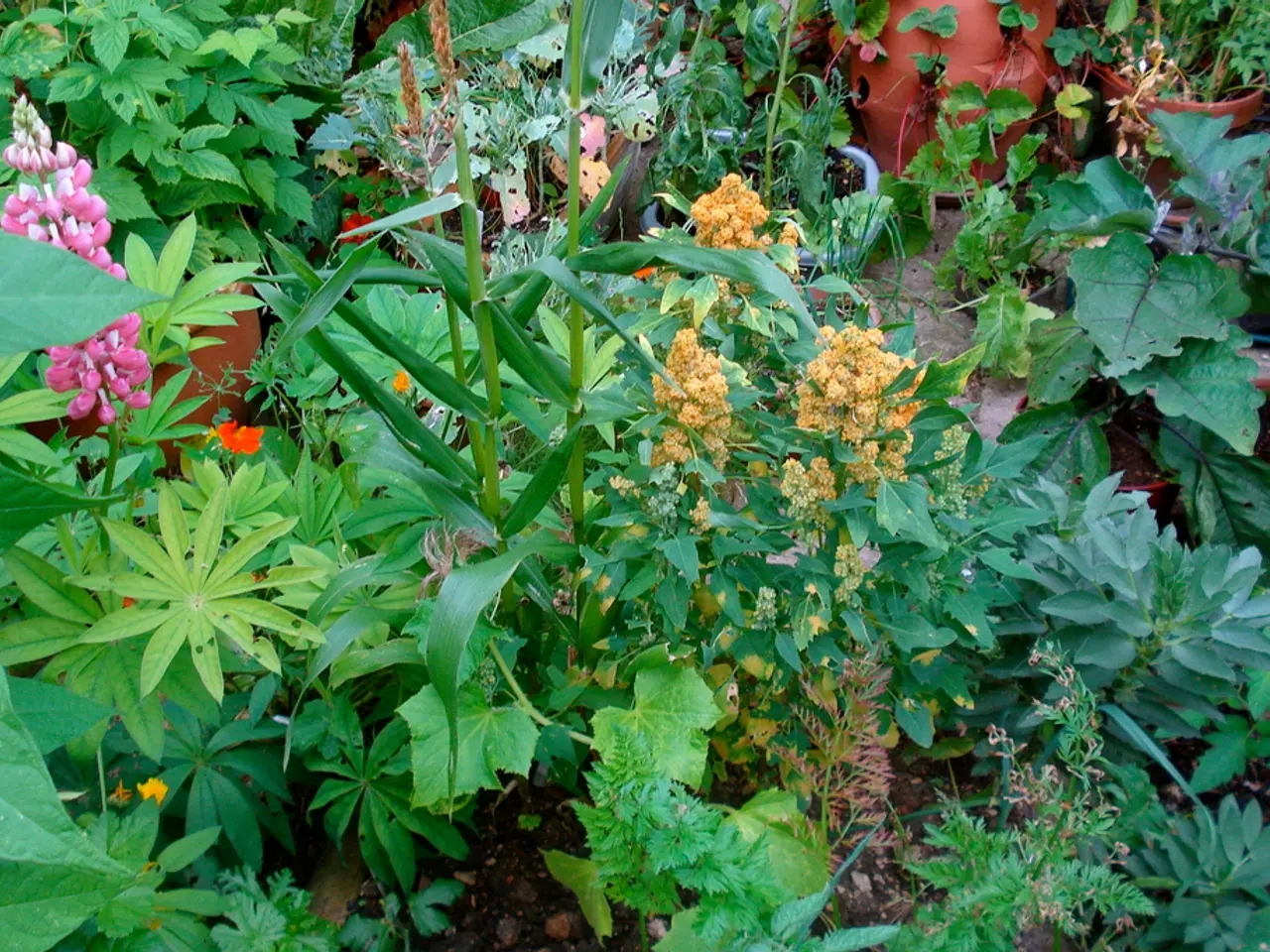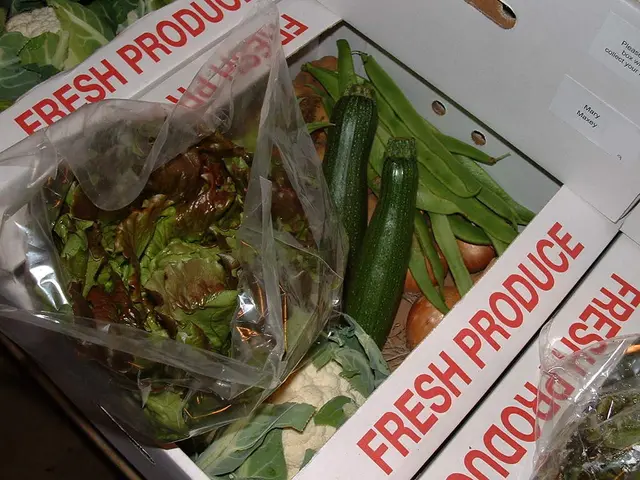Strategies and Insights for Efficiently Setting up a Greenhouse for Planting
Welcome to our guide on creating a thriving greenhouse garden! In this article, we'll share tips and ideas for a successful greenhouse garden, focusing on the benefits and best practices of succession and companion planting.
Succession Planting in a Greenhouse
Succession planting is a valuable strategy for greenhouse gardening. By planting crops in intervals, you can ensure a steady supply of fresh produce throughout the growing season, rather than a single large harvest. This is especially beneficial for year-round greenhouse gardening.
Benefits of Succession Planting
- Continuous Harvests: Succession planting guarantees a continuous supply of fresh produce, making the most of your greenhouse's growing season.
- Maximized Space and Yield: By staggering plantings and filling gaps created by harvested crops, you use your greenhouse space more efficiently, resulting in increased total yield from the same area.
- Extended Growing Season: Succession planting allows you to have crops maturing continuously from early spring well into fall or even year-round.
- Improved Plant Health: Regularly rotating crops and swapping out old plants reduces soil depletion and pest/disease pressure, keeping plants healthier and boosting overall productivity.
- Resource Efficiency: By making full use of greenhouse space and timing, succession planting optimizes water, fertilizer, and labor inputs, reducing waste.
Best Practices for Succession Planting in a Greenhouse
- Plan plantings based on maturity times: Use crops that mature quickly or have different growing seasons to fill the space consecutively.
- Utilize crop rotation: Alternate families of plants like beans and kale to reduce pest buildup and maintain soil nutrients, helpful even within container beds or raised beds inside greenhouses.
- Select complementary plants: Combine tall and climbing crops (e.g., corn with beans) to maximize vertical space and overall yield.
- Monitor and adjust for climate: Greenhouse environment control allows planting earlier and later than outdoor seasons, so adjust succession plans based on temperature and light availability.
- Avoid overcrowding: Ensure new crops are spaced properly to reduce competition and pest issues, maintaining plant health.
Companion Planting in a Greenhouse
Companion planting is another strategy that brings distinct benefits to greenhouse gardening. By carefully selecting and positioning plants, you can create a supportive environment that promotes growth, deters pests, and optimizes space.
Benefits of Companion Planting
- Pest Deterrence: Certain plants naturally repel pests or attract beneficial insects that protect neighboring crops.
- Improved Growth: Some companions can enhance nutrient uptake or provide shade/support, helping plants thrive in limited greenhouse spaces.
- Space Optimization: Interplanting compatible species maximizes greenhouse area, often through vertical growth or ground cover synergy.
Best Practices for Companion Planting in a Greenhouse
- Identify beneficial pairs: Research which plants support each other, like tomatoes with basil, or beans with corn, to enhance growth and pest resistance.
- Use plants that attract beneficial insects: Incorporate flowers or herbs that bring in pollinators or predators of pests.
- Avoid plant antagonisms: Some plants inhibit growth when grown together; avoid these combinations to prevent yield loss.
In conclusion, combining succession and companion planting in a greenhouse garden creates a system that prolongs harvests, boosts yields, reduces pests, and uses space efficiently. Succession planting ensures continuous production by timing plantings and rotations, while companion planting supports plant health through species cooperation. Both practices benefit from thoughtful greenhouse environment control to extend growing seasons and optimize conditions year-round.
Remember, hydroponics can be a great solution for growing plants in a greenhouse, especially when space is limited. Vertical tower gardens, Kratky method buckets, and NFT systems are examples of hydroponic techniques for greenhouse gardening. With careful planning and the right choices, you can enjoy fresh produce and beautiful flowers in a greenhouse, making it a viable alternative to traditional soil-based gardening.
[1] Gardening Know How [2] The Spruce [3] Almanac [4] The Old Farmer's Almanac [5] Garden Myths
- Considering the benefits and best practices of succession and companion planting, greenhouse gardening can provide a continuous supply of fresh produce, even in cold climate regions.
- To implement succession planting, choose crops with varying maturity times, use rotation methods, select complementary plants, and monitor climate changes.
- Within the same greenhouse, companion planting can help deter pests, improve growth, and optimize space usage.
- By understanding beneficial plant pairings, attracting beneficial insects, and avoiding antagonistic plant combinations, greenhouse gardeners can create a supportive environment for their plants.
- Hydroponics systems, such as vertical tower gardens and NFT (nutrient film technique) systems, are advantageous when growing plants in a limited space, like a greenhouse.
- By combining succession, companion planting, and hydroponics, greenhouse gardeners can foster a thriving lifestyle that brings fresh produce and beauty into their home-and-garden while improving plant health and efficiency.








